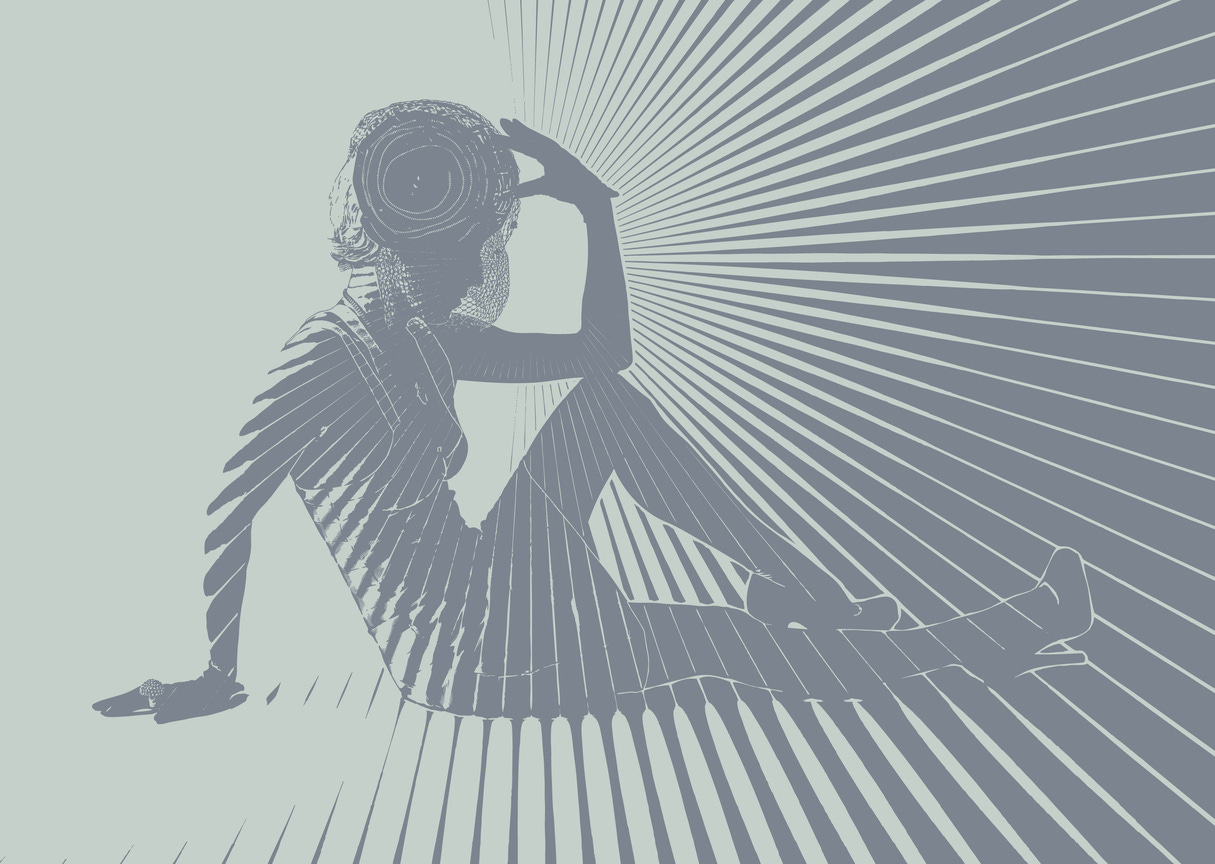The Perfectionism Matrix
Understanding How Your Drive is Draining Your Energy
Where do you land when perfectionism meets your life force?
Become a paid member to The Peaceful Perfectionist to learn how to live with more ease, purpose and joy from someone who learned the hard way.
Have you ever noticed how some days you feel like you're running on all cylinders—productive, connected, and energized—while other days you feel like you're dragging yourself through quicksand? If you're a perfectionist (and let's be honest, most of us have perfectionist tendencies), this energy rollercoaster isn't random. It's actually following a predictable pattern that ancient wisdom traditions have understood for thousands of years.
As a recovering perfectionist myself, I spent years trying every conventional approach to manage my drive for excellence. Traditional therapy helped, productivity systems offered some relief, but nothing seemed to address the deeper energy patterns that kept me cycling between burnout and disconnection. It wasn't until I turned toward these ancient energy traditions that I found tools that actually worked—not just intellectually, but in my body, spiritually, and my daily experience. What I've discovered is that my clients and students take to these approaches remarkably quickly, often experiencing shifts in ways that surprised them.
The Ancient Wisdom of Energy
Long before we had modern psychology, ancient traditions from China, India, and other cultures recognized that humans operate with different types of energy. Traditional Chinese Medicine speaks of qi (life force energy), while Hindu and yogic traditions refer to prana (vital energy). These aren't mystical concepts—they're practical frameworks for understanding how our mental, emotional, physical vitality flows through our daily lives.
What these traditions understood is that our thoughts, emotions, and behaviors either nourish our energy or deplete it. When we're aligned with our authentic selves and moving in harmony with our natural rhythms, energy flows freely. When we're fighting against ourselves—pushing, forcing, or operating from fear—our energy becomes blocked, scattered, or completely drained.
This ancient understanding becomes incredibly relevant when we look at perfectionism. Because here's the thing: perfectionism isn't inherently bad. It's a protective force that can drive us toward excellence and meaningful achievement. But when perfectionism becomes our master instead of our tool, it can create energy patterns that leave us feeling exhausted, disconnected, and paradoxically, less effective.
Introducing the Perfectionism Matrix
Imagine your perfectionist tendencies plotted on a simple grid. On one axis, we have your energy—ranging from high (feeling vital, motivated, and dynamic) to low (feeling stuck, depleted, or sluggish). On the other axis, we have your sense of belonging—ranging from high (feeling connected, understood, and authentically yourself with others) to low (feeling isolated, misunderstood, or like you're wearing a mask).
This creates four distinct quadrants where perfectionism shows up in your life:
Upper Right: High Energy, High Belonging - This is the sweet spot. You're bringing your best self to your pursuits while maintaining genuine connections with others. Your perfectionist drive is channeled into growth and excellence without sacrificing your relationships or authenticity.
Upper Left: High Energy, Low Belonging - You're in overdrive, achieving and pushing forward, but at the cost of connection. Maybe you're so focused on not failing that you've isolated yourself, or you're working so hard that relationships feel like another item on your to-do list.
Lower Left: Low Energy, Low Belonging - This is where energy feels stuck and relationships feel distant. You might be telling yourself "I don't have what it takes" or "I can't ever be like others," leading to withdrawal and stagnation.
Lower Right: High Energy, Low Belonging - You're putting in tremendous effort—signing up for everything, trying to cover all your bases—but despite all that activity, authentic connection eludes you. You're running on empty while going through the motions.
Finding Yourself on the Matrix
Let's make this practical. Think about your relationship with failure for a moment. If you find yourself thinking "Failure is not an option for me," notice what happens in your body and your relationships when this belief takes over. (Check out video below.)




